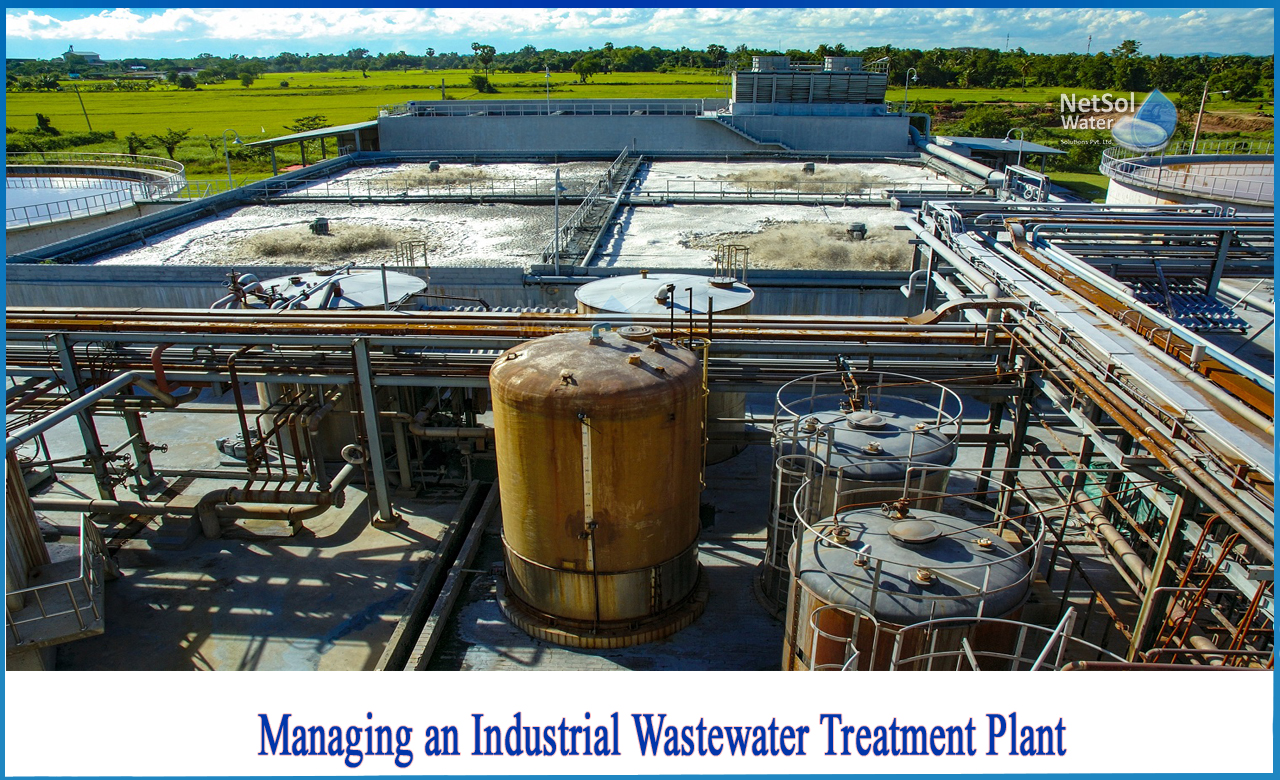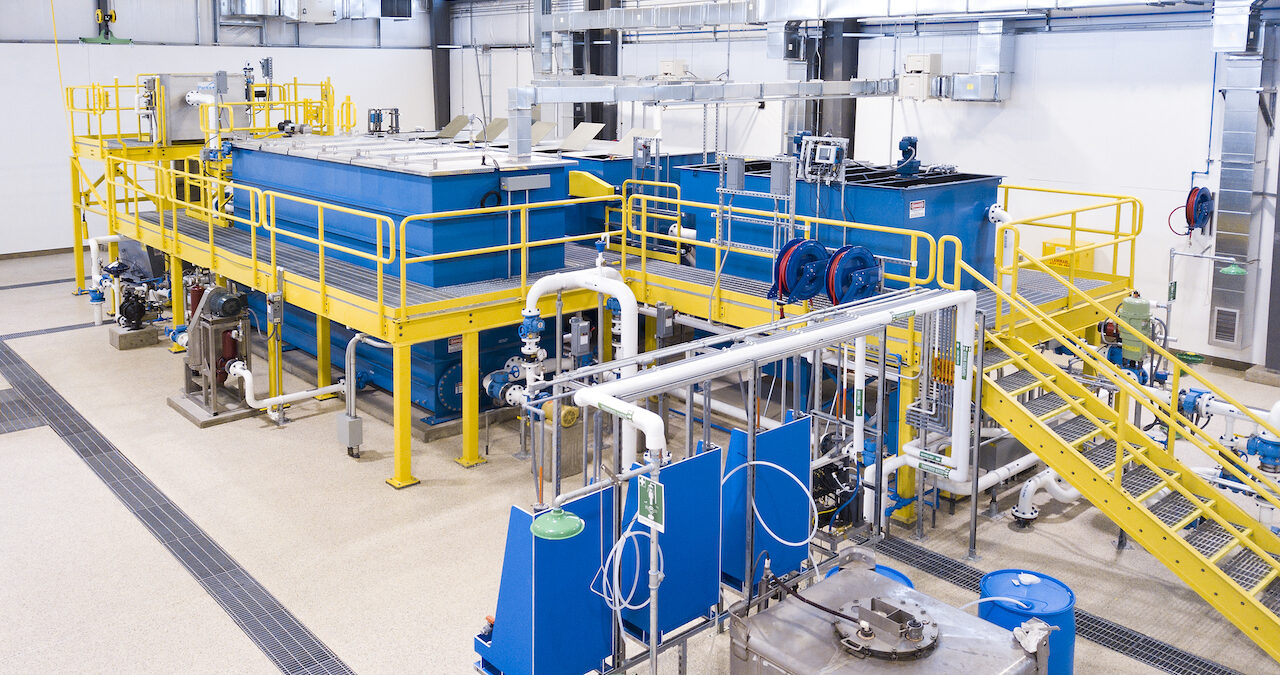Industrial Waste Water Treatment-- Cutting-Edge Technologies for Water Filtration
Industrial Waste Water Treatment-- Cutting-Edge Technologies for Water Filtration
Blog Article
Developments and Breakthroughs in Industrial Waste Water Treatment Technologies
The landscape of commercial wastewater therapy is undertaking a transformative change, driven by innovations that enhance both efficiency and sustainability. Emerging technologies, such as membrane bioreactors and microbial fuel cells, are redefining impurity removal processes while contributing to energy generation. Resource recovery methods are acquiring traction, lining up with round economic climate concepts. As regulative requirements evolve, the combination of AI and maker discovering right into wastewater monitoring systems guarantees to ensure and enhance operations conformity. The full effects of these advancements increase crucial inquiries regarding their scalability and lasting impact on industry methods.
Overview of Waste Water Therapy Technologies
Wastewater treatment technologies include an array of methods developed to eliminate pollutants from commercial effluents prior to their launch right into the atmosphere. These innovations are crucial for preserving ecological equilibrium and ensuring conformity with environmental regulations. The key classifications of wastewater therapy include physical, chemical, and organic techniques, each offering distinct objectives based upon the nature of the impurities present.

Biological treatment approaches use microorganisms to degrade raw material, making them specifically efficient for organic-rich effluents. Techniques like activated sludge and biofilm reactors harness the all-natural deterioration capacities of bacteria, bring about substantial decreases in biochemical oxygen demand (BODY)
Advanced Purification Strategies
Advanced filtration strategies represent a crucial development in the realm of industrial wastewater therapy, boosting the effectiveness of impurity removal procedures. Industrial Waste Water Treatment. These techniques incorporate a range of innovations, consisting of microfiltration, ultrafiltration, nanofiltration, and turn around osmosis, which supply consecutive obstacles for numerous fragment dimensions and chemical frameworks
Microfiltration and ultrafiltration use membrane systems to remove put on hold solids, microorganisms, and bigger organic molecules, improving the high quality of effluent before more therapy. Nanofiltration connects the gap in between ultrafiltration and reverse osmosis, efficiently removing divalent ions and organic substances, hence reducing the load on downstream procedures.
Reverse osmosis supplies the highest possible degree of purification by permitting only water and small particles to go through its semi-permeable membrane layers, making it suitable for redeeming top notch water from commercial effluents. Recent advancements in membrane innovation, consisting of the growth of even more fouling-resistant and long lasting materials, have actually dramatically boosted functional efficiency and reduced costs.
Integrating these advanced filtration methods not only enhances the general therapy procedure yet likewise adds to sustainability efforts by allowing water reuse and resource recovery in commercial setups. (Industrial Waste Water Treatment)
Biological Therapy Innovations

Moreover, the advancement of crafted organic systems, such as membrane layer bioreactors (MBRs), combines biological treatment with innovative membrane filtration. This assimilation enables higher effluent high quality and reduced footprint, making it ideal for space-constrained commercial centers. Technologies in genetically engineered bacteria have likewise arised, improving the biodegradation of particular impurities, such as drugs and hefty metals, that are generally testing to remove.
Furthermore, the application of bioaugmentation techniques, where useful germs are introduced to enhance the existing biological treatment procedures, has shown encouraging outcomes in improving therapy efficiency. These developments jointly signify a fad towards more lasting and effective biological therapy techniques that can adjust to the advancing complexities of commercial wastewater streams. As industries remain to prioritize environmental conformity, these organic advancements will certainly play an essential duty in wastewater administration.

Resource Recuperation Methods
In industrial settings, the assimilation of resource recuperation approaches has ended up being increasingly important for boosting sustainability and decreasing waste. These approaches concentrate on removing important products and energy from wastewater streams, thus changing potential contaminants into recyclable resources.
One popular approach is vitamins and mineral recuperation, where nitrogen and phosphorus, frequently present in excess in wastewater, are captured and transformed right into fertilizers. This not only decreases environmental impacts yet likewise supplies a round economic situation service for farming applications. In addition, modern technologies such as anaerobic food digestion enable the conversion of natural waste into biogas, an eco-friendly power source that can counter fossil fuel use in commercial procedures.
Furthermore, progressed filtration and membrane layer innovations facilitate the healing of industrial by-products such as steels and salts. These recuperated products can be rehabilitated right into production procedures, reducing the demand for virgin resources.
Future Patterns in Drainage Monitoring
As sectors significantly prioritize sustainability, the future of wastewater administration is readied to go through substantial improvements. Technical innovations, such as man-made knowledge and machine knowing, will enable more effective monitoring and administration of wastewater systems. These modern technologies can forecast maintenance needs, enhance therapy processes, and boost decision-making, ultimately minimizing operational expenses and environmental impact.
Furthermore, the integration of circular anchor economy principles will play an important function in wastewater management. Industries are expected to move towards systems that not only treat wastewater however likewise recover valuable resources, such as nutrients, water, and power. This shift next will certainly reduce waste and advertise the reuse of products, lining up with international sustainability objectives.
Arising therapy strategies, such as membrane bioreactors and advanced oxidation procedures, will even more enhance the performance of wastewater therapy, enabling better effluents ideal for reuse. Furthermore, regulative frameworks are most likely to develop, stressing stricter requirements for wastewater discharge and motivating sectors to take on ingenious treatment remedies.
Verdict
In conclusion, the evolution of commercial wastewater treatment innovations demonstrates a substantial change in the direction of enhanced performance and sustainability (Industrial Waste Water Treatment). Technologies in sophisticated filtration methods, organic treatments, and resource recovery techniques highlight the sector's commitment to ecological stewardship.
The landscape of industrial wastewater therapy is undergoing a transformative change, driven by advancements that improve both performance and sustainability.Wastewater treatment technologies incorporate a range of techniques made to eliminate contaminants from commercial effluents prior to their launch right into the environment.Using the power of organic processes has actually led to significant advancements in the therapy of commercial wastewater.Additionally, the application great site of bioaugmentation strategies, where useful microbes are introduced to boost the existing biological therapy processes, has shown promising results in enhancing therapy efficiency. These advancements collectively indicate a fad towards more reliable and lasting biological therapy methodologies that can adapt to the advancing intricacies of commercial wastewater streams.
Report this page